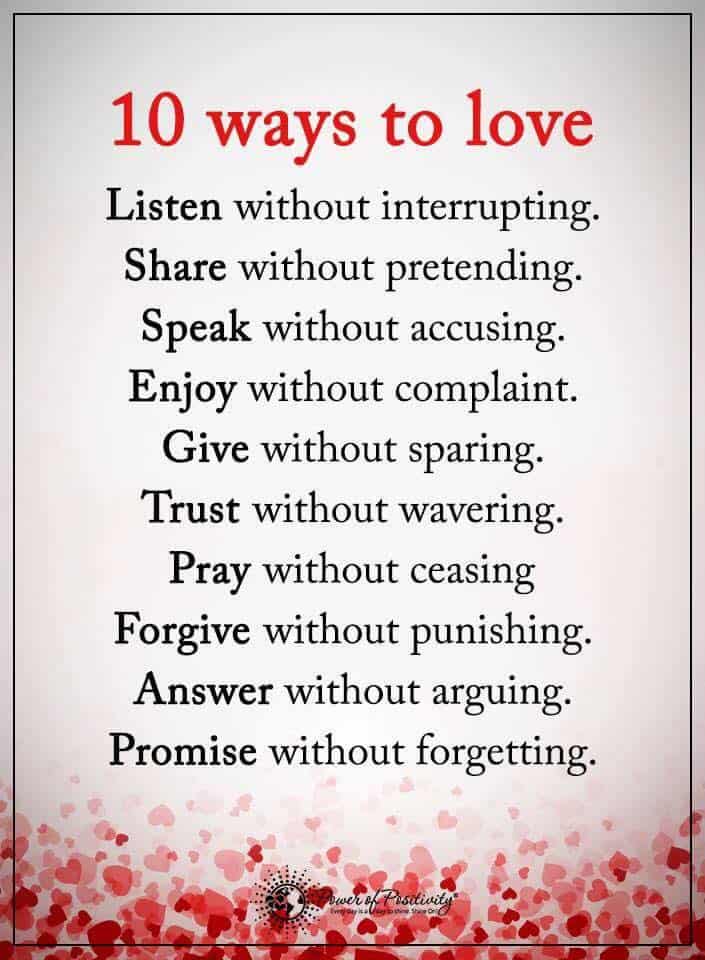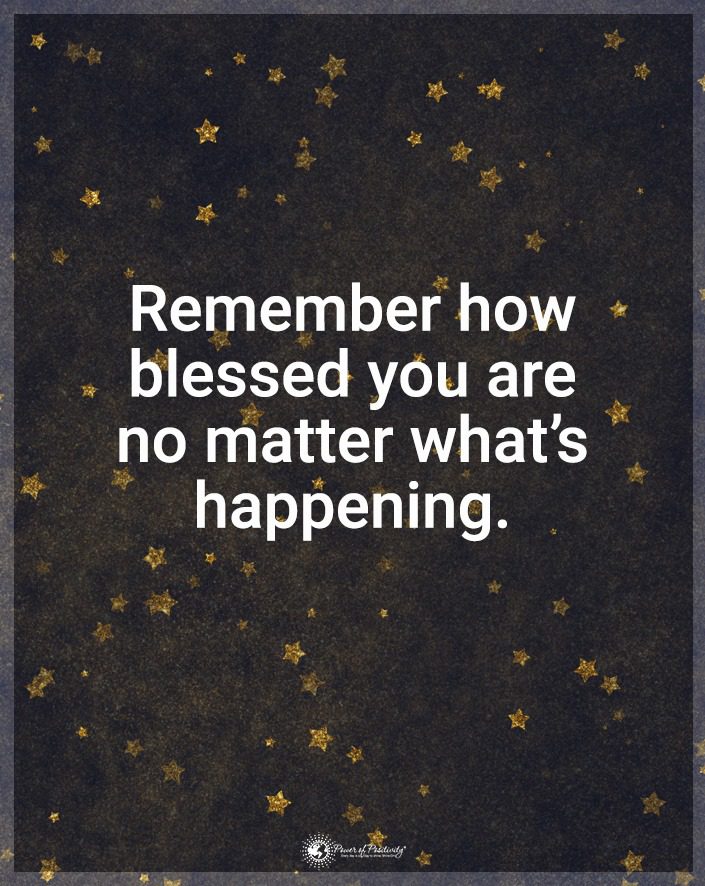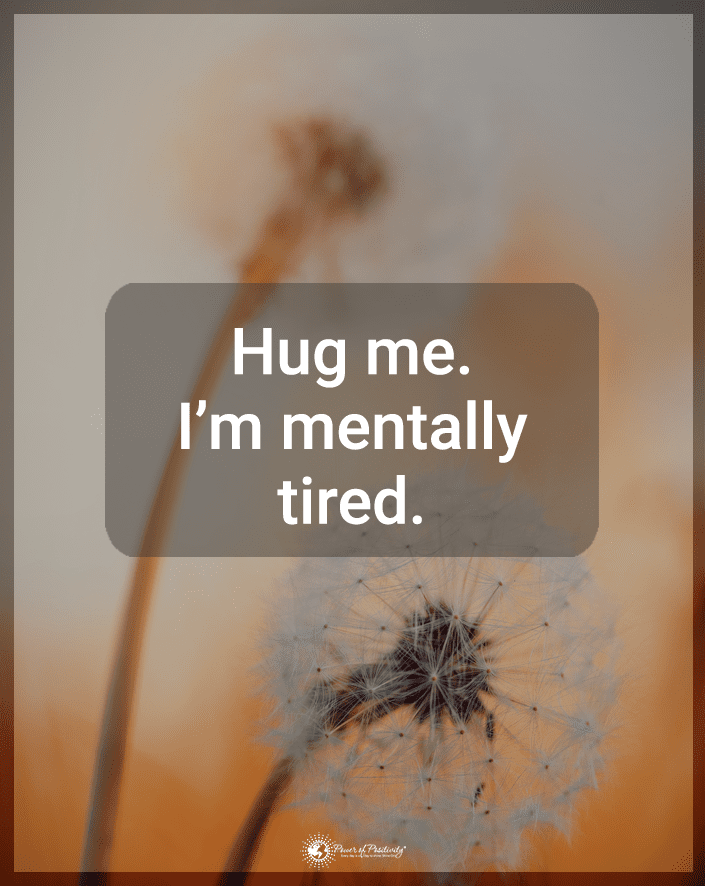Attachment styles form a foundation that shapes how we experience intimacy and emotional closeness within human relationships. One, the anxious attachment style, reveals the intricate interplay of anxiety and vulnerabilities that guide our connections.
This article will uncover the profound influence of the anxious attachment style. We also reveal its repercussions on the bonds we cultivate. These include the impact of anxious attachment on relationships. Rooted in an undercurrent of persistent anxiety, this attachment style molds our perceptions and reactions.
An anxious attachment style can negatively impact relationships. However, understanding and addressing this pattern can lead to healthier and more satisfying connections. This article embarks on a journey to unveil the intricacies of an attachment style, which, while challenging, holds the promise of self-discovery, personal evolution, and the nurturing of healthier and more gratifying relationships.
Understanding Attachment Styles
Attachment styles govern how we connect with others. They also form the fabric of our emotional landscape. These patterns, rooted in our past experiences and interactions, lay the groundwork for connecting with others throughout our lives. Central to this complex framework is the attachment theory. It’s a profound lens through which we decipher the dynamics of our connections, unravel the intricacies of our relationship dynamics, and illuminate the emotional bonding process that ties us to others.
Amidst this elaborate dance of human connections, the anxious attachment style emerges as a poignant archetype. It captures the essence of a distinct pattern of relating. Individuals with this attachment style tend to experience heightened levels of insecurity and unease within relationships. Shaped by past experiences and early caregiving, it often translates into a deep-seated fear of abandonment and an intense desire for closeness.
As we embark on this exploration, our focus narrows onto the anxious attachment style, dissecting its defining characteristics, uncovering the emotional undercurrents it ignites, and deciphering its far-reaching implications on our relational experiences. With a magnifying glass held to this attachment pattern, we delve into the origins of its behaviors, the complexities it brings to relationships, and the potential avenues for personal growth and transformation. Understanding attachment styles illuminates the intricate dance of human connections. Additionally, it lays the groundwork for nurturing healthier and more fulfilling relationships

1. Hyper-Vigilance in Relationships
Regarding attachment styles, the intricacies of human connections extend far beyond surface interactions. Digging deeper, we uncover the subtle nuances that shape our behaviors and responses within relationships. One such facet that comes to light is hyper-vigilance, a state of heightened awareness and sensitivity that often accompanies individuals with an anxious attachment style. This hyper-vigilance, stemming from deeply ingrained anxiety triggers and evoking intense emotional responses, serves as a defense mechanism and a catalyst for relationship tension.
Within the context of attachment theory, hyper-vigilance vividly illustrates how past experiences cast a shadow over present interactions. Individuals harboring an anxious attachment style constantly remain alert for signs of potential rejection or abandonment, often misinterpreting neutral cues as threats to their emotional security. This state of heightened sensitivity can lead to a cycle of overthinking, constant worry, and the propensity to react defensively, even in innocuous situations.
As we dissect the ramifications of hyper-vigilance, a clear pattern emerges. Indeed, relationships marked by this trait often grapple with instability and unease. By recognizing the role of hyper-vigilance as a double-edged sword. It protects while it also destabilizes. We also lay the foundation for empathy, understanding, and open communication.
2. An Anxious Attachment Style and Fear of Abandonment
Attachment styles carve the intricate pathways through which we navigate relationships, shaping our perceptions, emotions, and behaviors. Within the realm of anxious attachment, a distinctive shade emerges. Persistent abandonment fears influence interactions and fuel anxiety. This fear, rooted in deep-seated insecurities, casts a shadow that gives rise to various relationship anxieties.
The intricate dance between an anxious attachment style and the fear of abandonment can lead to relationship challenges. The very behaviors meant to safeguard emotional connection may inadvertently generate distance, placing partners in a role of perpetual reassurance. The endless cycle of seeking validation can lead to exhaustion for both parties, creating a dynamic marked by tension and misunderstanding.
Understanding this interplay makes it evident that the fear of abandonment is not merely a personal struggle. Instead, it’s a shared journey within relationships. Acknowledging the roots of this fear and its cascading effects can open the door to empathy, constructive communication, and personal growth. Embracing the intricacies of an anxious attachment style and its fear of abandonment helps with healing and healthier, more secure connections.
3. Insecurity and Jealousy
Attachment styles profoundly influence the canvas of our relationships, coloring interactions with hues of emotion and behavior. Within the scope of anxious attachment, a portrait emerges characterized by the prominent brushstrokes of insecurity and jealousy. Deeply intertwined and often experienced in tandem, these emotions can unleash waves of emotional instability, rippling through relationship dynamics and leaving behind a wake of turbulence.
Anxiety takes root in self-doubt in relationships marked by an anxious attachment style. Individuals may question their worth, constantly seeking external validation to quiet the nagging inner voice of uncertainty. As a result, innocent actions can become distorted, morphing into threats to the emotional security of the relationship.
The presence of insecurity and jealousy can sow the seeds of discord within relationships. What may begin as a subtle pang of doubt can escalate into a storm of emotions, casting a shadow on moments of connection and intimacy. Partners may find themselves navigating a delicate dance, attempting to balance addressing their partner’s needs and maintaining their sense of autonomy.

4. An Anxious Attachment Style Means Difficulty Trusting Others
Within the tapestry of attachment styles, the anxious thread weaves a story of intricate emotions and evolving dynamics. Central to this narrative is the challenge of trusting others, a complex process that can be elusive and arduous for those with an anxious attachment style. This pattern, entwined with trust issues, can set the stage for a delicate dance of communication problems and relationship challenges.
Individuals with an anxious attachment style often bear the weight of past experiences shaping their perception of trust. The fear of rejection or abandonment looms large. In fact, it causes them to approach relationships cautiously. This caution can tend to read between the lines, searching for hidden meanings in words and actions. What may appear as skepticism often reflects an underlying yearning for reassurance and emotional connection.
Navigating the terrain of an anxious attachment style and its inherent challenges requires a commitment to open dialogue and self-awareness. Partners who recognize the nuances of trust-building within this attachment style can work together to bridge gaps in understanding. Through patient communication and a shared willingness to address trust issues, a foundation of connection and emotional security can gradually take root. Thus, while the path to trusting others may be intricate for those with an anxious attachment style, it is not insurmountable. Rather, it is a journey of growth and shared transformation.
5. Anxiety Drives a Need for Constant Reassurance
Within attachment styles, the contours of the emotional landscape are as diverse as they are intricate. For those anchored in the waters of an anxious attachment, the need for reassurance emerges as a defining characteristic. While stemming from a place of vulnerability, this unending quest for affirmation can cast ripples that traverse the expanse of relationships, leading to threads of emotional dependence and relationship imbalance.
Individuals embracing an anxious attachment style often navigate a delicate dance that intertwines moments of connection with the ceaseless pursuit of reassurance. Rooted in the fear of abandonment or rejection, this need becomes a means of seeking emotional stability and affirmation of worthiness. However, this pursuit, though well-intentioned, can inadvertently breed a cycle of dependency.
Understanding the intricate interplay of the need for constant reassurance is vital in nurturing healthier connections. Partners can engage in open conversations, sharing their emotions securely. The journey involves nurturing individual growth and relational resilience, striking a harmonious balance between the desire for reassurance and the cultivation of self-assuredness.
Final Thoughts on How an Anxious Attachment Style Hurts Relationships
An anxious attachment style can inadvertently weave a tapestry of challenges. Indeed, it may cause a ripple effect that impacts individuals and their connections.
An anxious attachment style can create a collection of stumbling blocks. Insecurity, jealousy, and the fear of abandonment can cast shadows over intimacy. Furthermore, difficulty trusting others weaves threads of miscommunication and misunderstanding. The need for constant reassurance and relationship dependence distorts the balance of emotional autonomy.
Seeking professional guidance or engaging with self-help resources can provide invaluable insights and tools for navigating this complex terrain. It’s a journey of resilience where individuals can rewrite the script of their anxiety, foster healthier connections, and step into a realm of love rooted in authenticity, security, and growth.
So an anxious attachment style may cast its shadow. However, it also invites individuals to embark on a transformative odyssey. Additionally, it reshapes patterns, nurtures connections, and paves the way for relationships. You will find connections illuminated by understanding, empathy, and shared transformation. Embracing how anxious attachment influences love life and working towards overcoming anxious attachment for healthier relationships signifies cultivating love that thrives amidst challenges. Ultimately, that can blossom into a narrative of resilience and connection.
The post Here’s Why an Anxious Attachment Style Hurts Relationships appeared first on Power of Positivity: Positive Thinking & Attitude.






